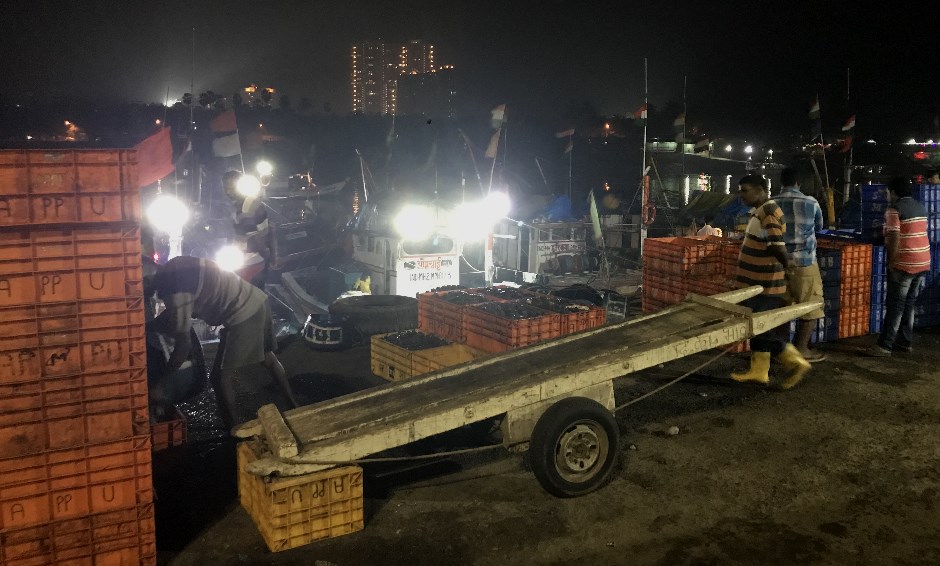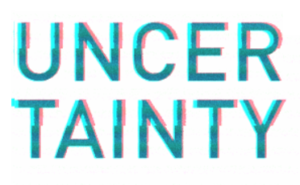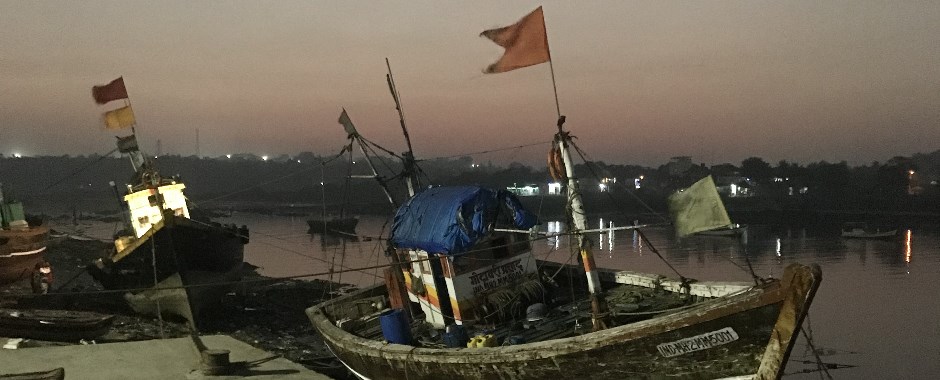Coastal areas are a poster child for climate vulnerability. They are marked and scarred by sea level rise, salinization, warming water, declining fish stocks, storms, changes in currents and weather patterns. But there are other currents and other patterns too.
Against the global background of climatic change, a more careful look at places and communities on the edge of oceans shows a net of closely tangled threads. Uncertainties criss-cross each other and reinforce each other; familiar patterns are disrupted or broken by disasters.
At the west of the ‘maximum city’ of Mumbai, where the city meets the Arabian Sea, there is a place called Versova. It’s a Koliwada, a community of the traditional Koli fishers of Mumbai, one of several which pre-date the massive urban development that now surrounds them. Versova is famous for its annual fish festival, which attracts tens of thousands of people from the surrounding area.
In the evening, as you walk along the seafront towards the harbour and the mangroves which lie beyond, you pass small fishing boats returned from the day’s catch, flags waving in the warm sea breeze. Just after sunset, men are unloading stacks of plastic crates, full to the brim with small fish. Further back from the sea, tall wooden racks stand ready to dry hundreds of fish in the open air.

Away from the beach, Versova is a network of tightly packed streets and alleys, many too narrow for cars or auto rickshaws. The relative quiet is a relief from the sounds of car horns and engines that fill the air elsewhere in Mumbai. In the evening, most front doors are open wide to greet passing neighbours.
Koli fishers and their families are used to living with uncertainty, but times are getting harder in many ways. The details are complex, but even a broad overview gives a sense of the tangle of issues.
Pressures on fish stocks from trawlers are increasing, pushed by rising consumer demand. The city has mushroomed into the space around the community, hugging it from all sides except the sea, providing new markets for fish but other pressures too, from pollution to competition over natural resources. Over a generation, tidal patterns have changed. The creek, once navigable by bigger boats, seems to have dropped. A tide of plastic waste and other consumer debris now sails down the creek towards the sea. The large bridges that connect Mumbai to itself may be affecting the currents which bring fish near to the shore.
Nearby mangroves, breeding grounds for the fish which the Koli fishers depend on, are threatened by encroachment; storms appear to be more frequent, bringing damage and disruption to a city built on reclaimed land; migration brings a new workforce and social change – including from nearby film studios, attracting workers who rent out living space from some local families, who extend their houses upwards to benefit from the extra income. Young people now see opportunities to seek other careers beyond fishing. In the background, the slowly unfolding disaster of climate change produces its own uncertainties and reinforces others.
From transformation to uncertainty
Not all uncertainty is equally strange and new. Koli livelihoods have depended on the fishers’ ability to adapt and respond to the wind and rain, the habits and movements of fish, the flows and fluctuations of prices and markets. But at some point a set of new and more rapidly changing variables conspire to make things especially hard: traditional ways of dealing with uncertainty become constrained or disrupted. Transformations, a buzzword that sometimes gives rise to romantic visions or poetic utopias, can also be deadly. Uncertainties – though they can open new and hopeful pathways – can be a source of anxiety and fear.
There is another kind of disruption too: it lies in the efforts to build and strengthen alliances which include people under threat, to challenge the forces that marginalise them, changing attitudes and mobilising other stories and histories. Bombay 61, a group of urban designers and architects with members originally from the Koli community, have worked with fishers to design solutions to some of the immediate problems they face. These include using nets to catch the plastic that clogs up Versova creek, the waterway that leads from the city into the sea. Plastic could also be a resource to add buoyancy to new small boats or rafts, cheap to assemble and repurpose.
These experiments sit alongside work to share the stories and views of Versova’s residents to give them a stronger voice in decision-making and urban change. They may make a virtue of some of the uncertainties the Koli community face, by showing that more radical change is needed. But the fishers themselves must be involved in determining that change, if it’s to meet their needs.
Cascading models and local variables
As climate anxiety continues to rise and gains more policy attention, there’s a tendency to take global models and ‘cascade’ them down to a more local level. Climatic patterns across the face of continents and oceans are extensively tracked and documented by assessments and dynamic models, which reveal trends and highlight varied impacts. But as you zoom in from global to local, other variables come into view – not only biophysical ones, but problems of local politics, flows of resources, power dynamics and cultural change: the uncertainties add up and intersect.
It’s clear that not all these variables are fully known or completely understood. Though the word ‘risk’ is often used in climate discussions to emphasise the dangers of inaction, it doesn’t make sense only to talk about climate change in terms of ‘risk’ in this context: calculable risk is only the tip of the (rapidly melting) iceberg.
This richer picture of uncertainty means it’s crucial to explore flexible, adaptive, learning approaches to Mumbai’s problems. Scientists, policy makers, administrators and local people can each contribute a different set of insights. And experimental, responsive, and inclusive forms of action can help to navigate through the uncertainties, when outcomes are not clear.
What does this mean for our definition of uncertainty? Between the totally calculable and the entirely unknowable, uncertainties swarm, multiply and overlap each other in strange and surprising arrangements. They invite researchers, communities, authorities and activists to work together in new ways.
They may also make all of us aware that our knowledge is incomplete, and that we need each other to make sense of the world. Respect, learning and growing relationships between people from different traditions and disciplines become essential: not just in our interactions with each other, but for working together in more rigorous and informed ways to make a difference.
This blog post draws on a visit undertaken as part of TAPESTRY, a new transdisciplinary project which explores how transformation may arise ‘from below’ in marginal environments with high levels of uncertainty.
 Uncertainties can make it hard to plan ahead. But recognising them can help to reveal new questions and choices. What kinds of uncertainty are there, why do they matter for sustainability, and what ideas, approaches and methods can help us to respond to them?
Uncertainties can make it hard to plan ahead. But recognising them can help to reveal new questions and choices. What kinds of uncertainty are there, why do they matter for sustainability, and what ideas, approaches and methods can help us to respond to them?
Find out more about our theme for 2019 on our Uncertainty theme page.
